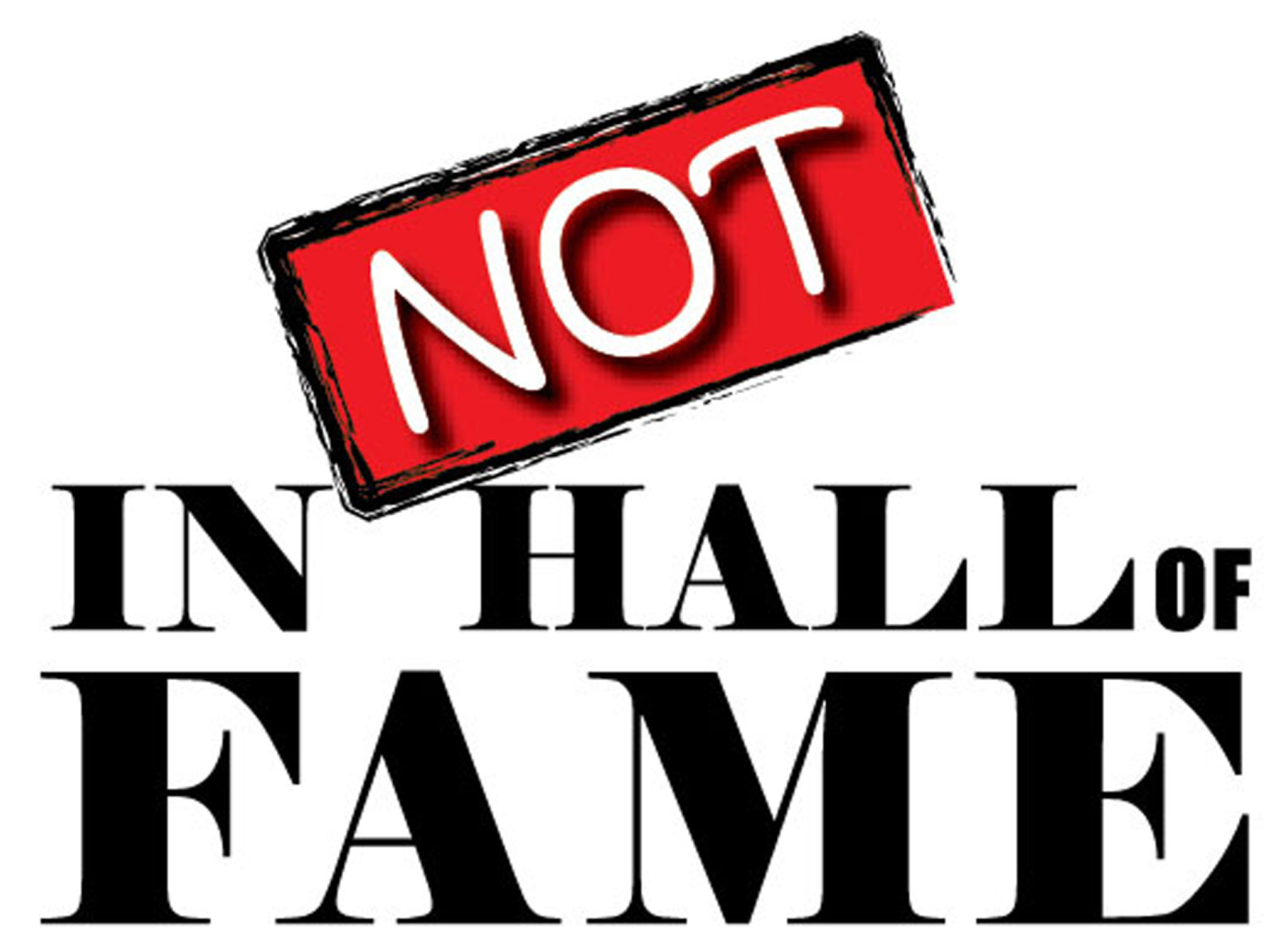The good doctor has noticed that while the U.S.A. may be a dominant force in women’s swimming, they aren’t always in the lead in the looks department. Is Chloe Sutton the person to change all of that? I am willing to help her out with her breaststroke!
The good doctor is going to ask you a rhetorical question. Are you tired of looking at hot Hawaiian surfing babes? Neither am I. Here is Malia Manuel, who as of this writing is poised to be the next big thing in the sport.
Anna Sidorova is a natural beauty from Russia who likes to play with rocks. The good doctor is getting his rocks off watching this beautiful lady in action on the curling rink.
The good doctor has to level with you. When I visited Prague, not once did I find any beach. Granted, I wasn’t looking for any, but had I known at the time about Marketa Slukova, I definitely would have sought it out.
While the good doctor is not Australian, there has always been a special feeling that I have had towards those from “Down Under”. When I watch the cute “hockeyroos”, I can’t take my eyes off of the lovely Anna Flanagan, and hope one day to explore what she has “down under”.
The female face of the emerging sport of Cross-Fit, Canada’s Camille Leblanc-Bazinet is a face that the good doctor quite enjoys. While she looks as strong as an ox, I can only imagine the places she could throw me!
The good doctor has never once tried to combine adorable and women’s basketball together, but Leilani Mitchell, the product of Australia and current WNBA player manages to do just that. If all the women in the WNBA looked like Leilani wouldn’t we all pay more attention to that league?
Alex Morgan should get more attention for her looks, but the good doctor knows that when you play on a team with Hope Solo, you tend to get overshadowed a bit. Still, is Alex Morgan worth your attention? You are damn right she is!
The queen of American Snowboarding, Hannah Teter, has been breaking hearts for years with her undeniable sex appeal. Teter is one of those women who knows that she is hot and is not afraid to show it. The good doctor however wished that Hannah would compete in those bikinis she likes posing in!
In the 2015 Women’s World Cup, a lot of attention was on the Canadian team, who hosted the event. While Canada was disappointed by the result, the good doctor was only disappointed that I would not get another chance to see the very attractive, Lauren Sesselman, a defender for the team. I wonder if I can try to penetrate her defence?














